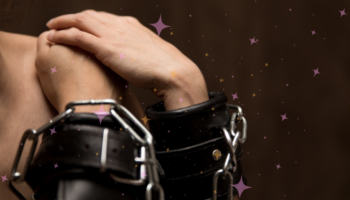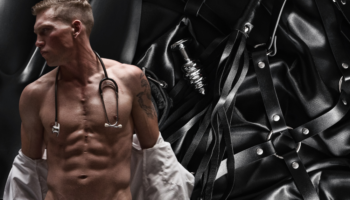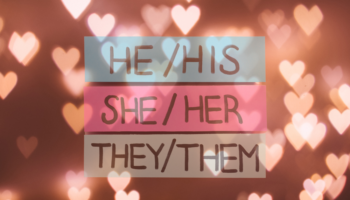Internalized homophobia is a sense of shame or stigma members of the lesbian, gay, bisexual, and queer (LGBQ) community feel about their own sexual identity and that of others in the community.
Some people struggle to identify with the term "internalized homophobia." For this reason, alternative words like heterosexism, self-prejudice, homonegativity, and internalized sexual stigma may be used in its place.
More About Internalized Homophobia
Internalized homophobia occurs when LGBTQ people pick up on negative social attitudes toward their community or the concept that heterosexuality is the “normal” way to be and start to believe these attitudes are true.
This stigma can manifest itself in a number of ways. People who have internalized homophobia are usually not open about their sexuality to others. They may not enter into relationships with people they desire. If they do form intimate connections, they often want their partners to stay in the closet with them. They may feel disgusted by members of the LGBTQ community, especially those that who flamboyant or open about their orientation. They may also resort to conversion therapy or turn to prayer to try to change their sexual orientation. People with severe cases of internalized homophobia may even harm themselves, turn to drugs or alcohol, or contemplate or attempt suicide.
Studies show most members of the LGBTQ community feel some degree of internalized homophobia. Overcoming it is vital for these individuals to lead happy, healthy lives.
Internalized homophobia can be overcome by a number of ways. Thinking critically about the impact of internalized homophobia, either alone or through therapy, can be useful. Building a support network of other LGBTQ people and straight allies is also beneficial. People may also like to sever ties with sources of negativity, like the church or disapproving friends or relatives.



